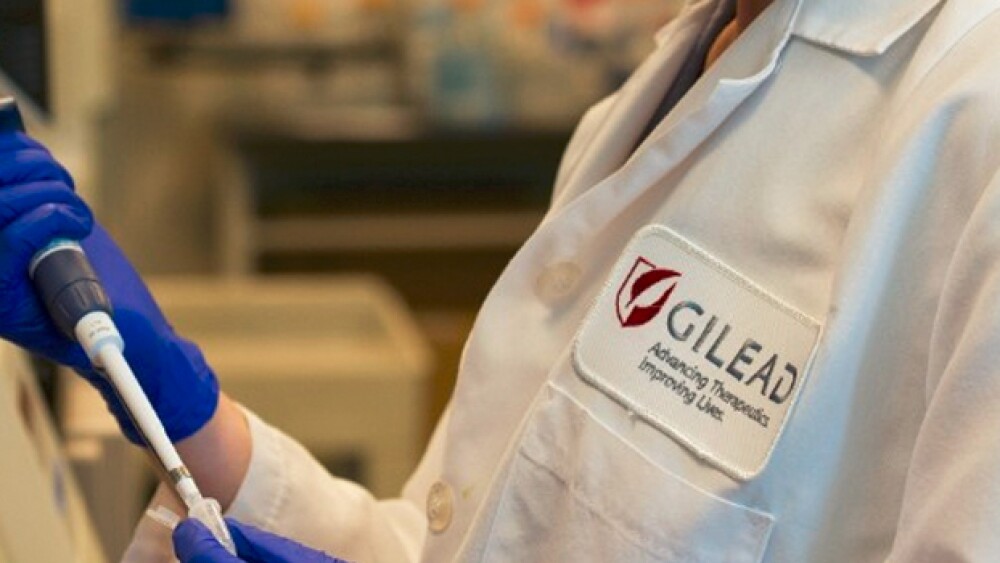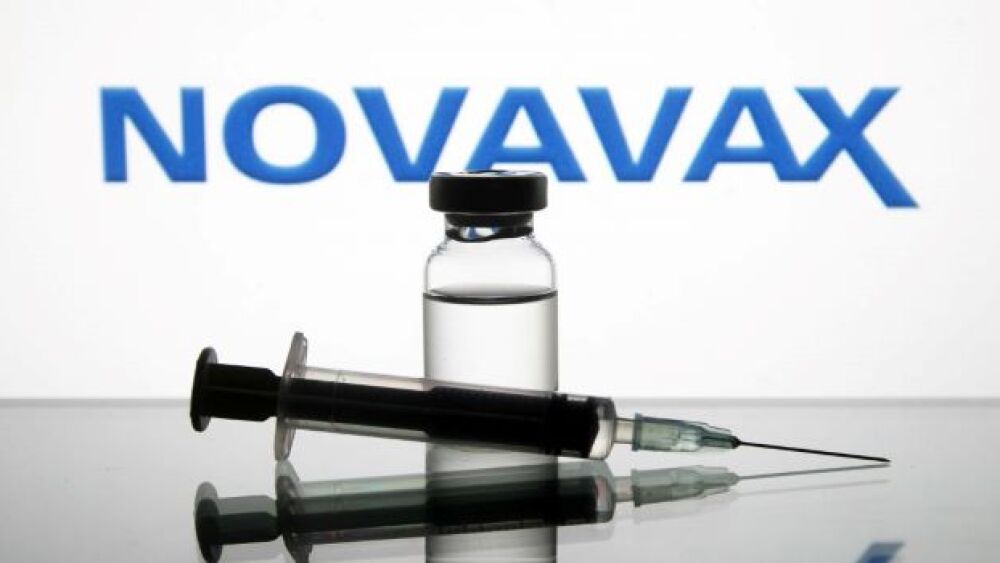Investors and analysts had been encouraging Gilead to acquire something for a long time, so they were mostly happy when it bought Kite Pharma in September.
Investors and analysts had been encouraging Gilead Sciences to acquire something for a long time, so they were mostly happy when it bought Kite Pharma in September. Then in December, Gilead and Kite decided to buy Cell Design Labs. Again, mostly happy, but investors still note Gilead has about $36.7 billion in cash, cash equivalents, and marketable securities at the end of 2017. With its hepatitis C franchise faltering, probably permanently, investors hope Gilead will continue to buy companies to give it a new focus and return to growth.
Keith Speights, with The Motley Fool, offers four potential acquisition targets for Gilead.
As its name suggests, CRISPR Therapeutics focuses on developing therapies using CRISPR/Cas9 gene editing technology. In mid-December, CRISPR partnered with Vertex Pharmaceuticals to co-develop and co-commercialize CTX001, an investigational gene editing treatment for beta-thalassemia and sickle cell disease.
Speights writes, “There are a couple of advantages for CRISPR. One is that while the biotech is collaborating with Vertex on three programs, it doesn’t have a big partner for its cell therapy program. Another is that CRISPR Therapeutics appears to be on track to file an Investigational New Drug application in the fourth quarter of 2018 to advance one of its cell therapy programs into clinical testing.”
Editas is also a CRISPR gene-editing company. It is also working on therapeutics for sickle cell disease and beta-thalassemia. If Gilead wants to get into the gene-editing business, is one a better fit than the other? Speights writes, “Editas … has a partnership with Juno Therapeutics with its cell therapy program. With Celgene in the process of acquiring Juno, Gilead could find itself in a bidding war with Celgene if it chose to go after Editas. However, Editas claims intellectual-property rights for use of CRISPR/Cas9 in humans, so paying a premium now for the small biotech could be worth it over the long run.”
Based in West Conshohocken, Pennsylvania, Madrigal is focused on developing drugs for cardio-metabolic and fatty liver diseases. Its lead product candidate is MGL-3196 for non-alcoholic steatohepatitis (NASH) and familial dyslipidemias/hypercholesterolemias. NASH is a fatty-liver disease similar to cirrhosis in people who don’t drink alcohol. It is associated with the obesity epidemic and related disorders such as diabetes. There’s a huge unmet medical need, and because it is liver-based, would dovetail with Gilead’s expertise in hepatitis and other liver diseases.
Speights writes, “Gilead currently has three NASH candidates in its pipeline: ASK-1 inhibitor selonsertib, FXR agonist GS-9674, and ACC inhibitor GS-0976. The addition of MGL-3196, a thyroid hormone receptor beta-selective agonist, would give the big biotech another approach to treating NASH. Buying Madrigal could lock up another potentially effective drug that Gilead could use as a monotherapy or in combinations with its other drugs.”
Headquartered in Mechelen, Belgium, Galapagos already has a global collaboration deal with Gilead to develop and commercialize filgotinib to treat several inflammatory diseases, and in December, Galapagos opted in to co-promote the drug in eight European countries, Germany, France, Italy, Spain, the UK, the Netherlands, Belgium and Luxenbourg. For the most part, the company is working to develop drugs to treat rheumatoid arthritis, inflammatory bowel disease and fibrosis.
Speights thinks this is a longshot, even though Gilead owns 13 percent of the company. Although if it bought the company, it wouldn’t have to split the profits on the filgotinib deal, he says, “Perhaps the biggest reason is that Galapagos apparently doesn’t want to be acquired. Galapagos CEO Van de Stolpe is reportedly trying to secure a European pharmaceutical company to acquire at least a 10 percent stake in Galapagos to thwart a takeover bid from Gilead.”





